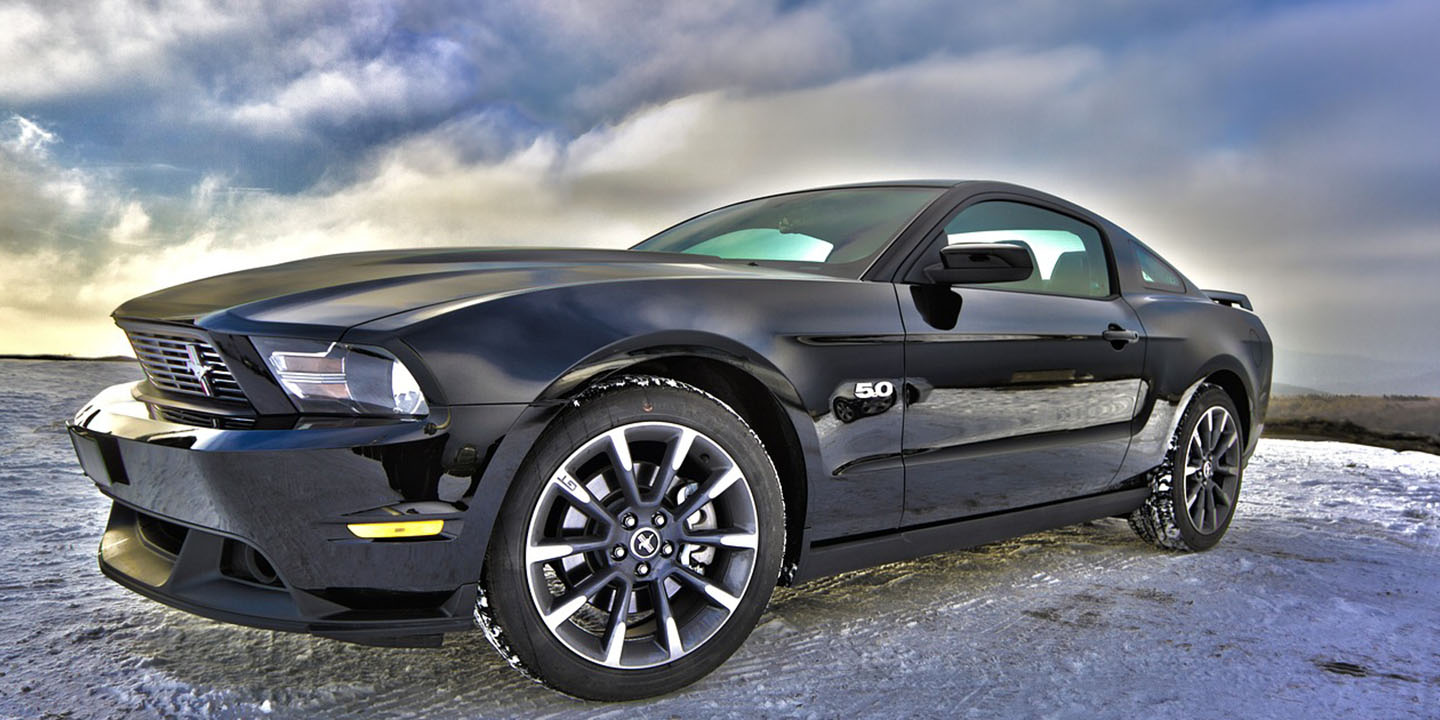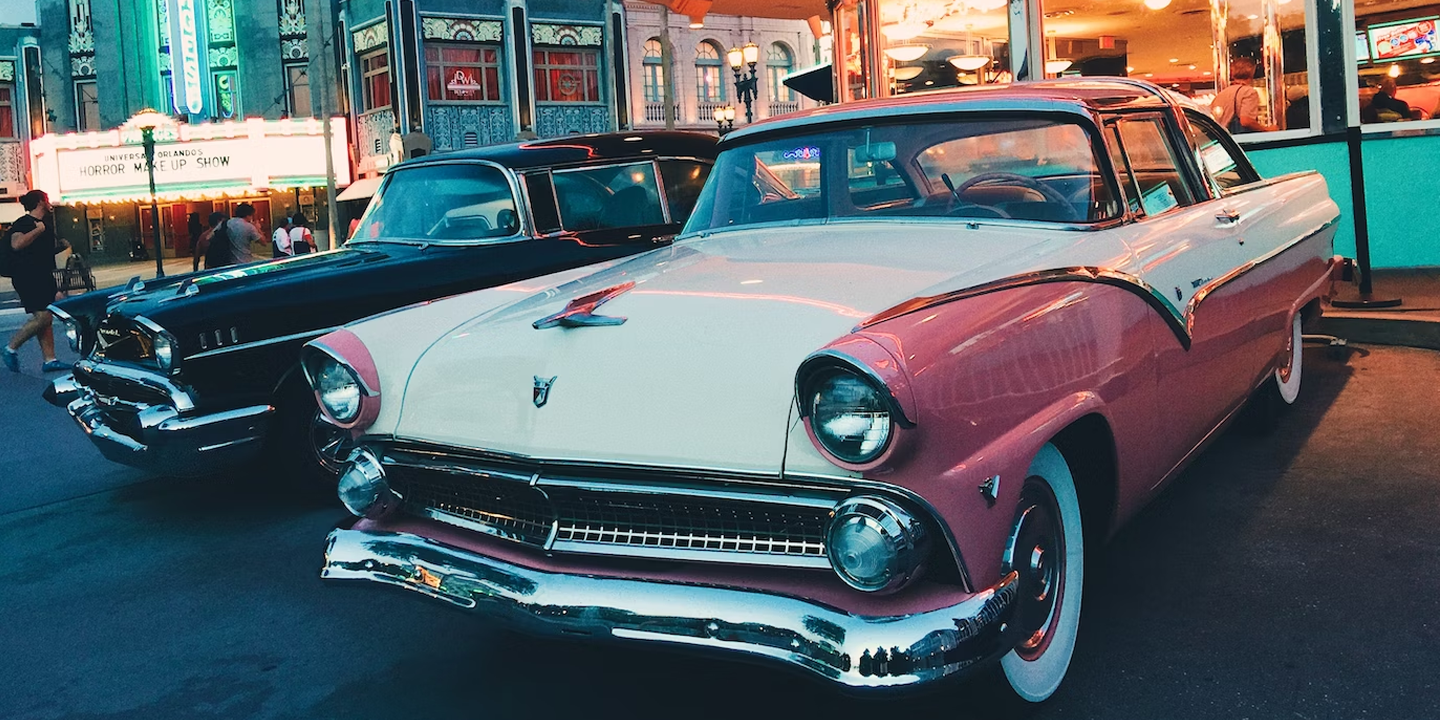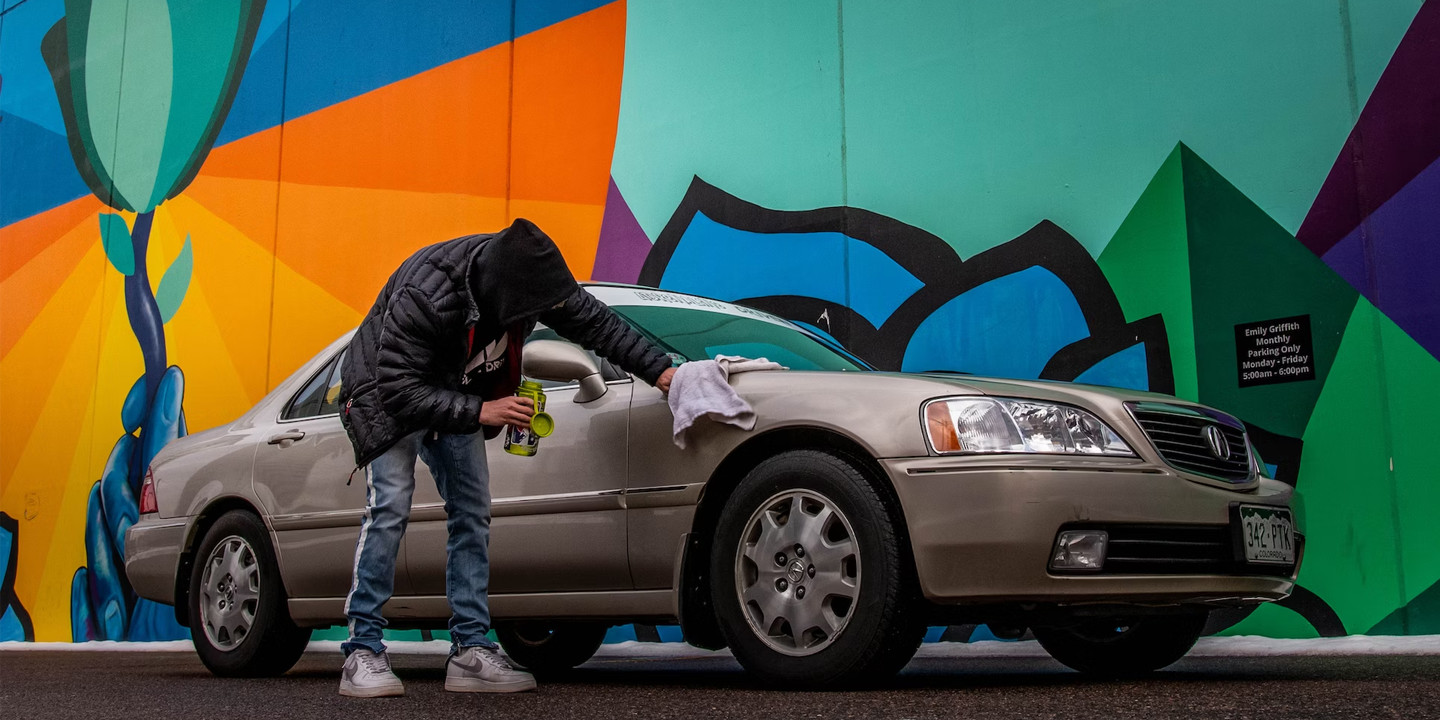Beyond The Sirens And Ladders
Firetrucks get plenty of attention on the road, but most of that comes down to sirens and flashing lights. However, these vehicles are complex, purpose-built machines designed to handle some of the most unpredictable and high-pressure situations out there. And a lot of what’s inside might genuinely surprise you. So, let’s find out 20 of the overlooked, and sometimes bizarre things that make firetrucks far more interesting than most people ever realize.
1. Carries Over 1,000 Feet Of Hose
Firetrucks typically carry between 1,000 and 1,500 feet of hose, packed and ready for action. Hose sizes vary by purpose—supply lines can be as wide as five inches, while attack lines usually range from 1.5 to 2.5 inches. Some trucks also include high-pressure booster hoses stored on reels.
 U.S. Navy Photo by Photographer's Mate Airman Jason Frost. on Wikimedia
U.S. Navy Photo by Photographer's Mate Airman Jason Frost. on Wikimedia
2. Equipped With Infrared Night Vision
Seeing through smoke isn’t guesswork anymore, as many firetrucks now come with thermal imaging cameras that detect heat patterns, even in complete darkness. These tools are critical for locating hotspots during rescues or tackling hidden fires in building interiors.
3. Includes Hydraulic Rescue Tools
Commonly called the “Jaws of Life,” hydraulic rescue tools cut through metal to free trapped victims. With over 10,000 psi of force, these tools handle heavy-duty extractions. Moreover, quick-connect couplings allow fast switching between tools during active rescue operations.
4. Ladders Extend Over 100 Feet
Aerial ladders on firetrucks are designed to extend between 100 and 137 feet vertically. These ladders rotate a full 360 degrees, allowing full access around the scene. Some models also include a platform or bucket at the top to provide firefighters with safer and more stable access.
5. Uses Onboard Navigation Systems
Real-time GPS routing guides crews straight to emergency sites, adjusting on the go through Computer-Aided Dispatch integration. Firetrucks use these systems alongside station alert interfaces to cut delays and improve coordination from dispatch to arrival.
 Inglis Blaine, U.S. Fish and Wildlife Service on Wikimedia
Inglis Blaine, U.S. Fish and Wildlife Service on Wikimedia
6. Water Cannons Exceed 1,200 GPM
Mounted high on the truck or at the tip of a ladder, deck guns—also known as monitors—can throw more than 1,200 gallons per minute. Designed for large-volume water delivery from a distance, these cannons are manually or remotely controlled for pinpoint accuracy.
7. Doubles As Medical Response Unit
Equipped with oxygen tanks, trauma kits, defibrillators, and splints, most firetrucks are prepared to handle medical emergencies on the spot. Plus, dedicated compartments store life support gear efficiently, which enables crews to stabilize patients quickly while awaiting EMS transport.
8. Rapid Tank Refill In Two Minutes
You might think refilling a firetruck’s tank takes ages, but in reality, it’s a rapid-fire process. Thanks to quick-fill inlets, trucks can take in water straight from hydrants or tanker trucks. In some cases, jet-assisted suction systems add extra pull, making the refill even swifter.
9. Independent Siren And Horn Systems
Firetrucks don’t rely on just one sound to get noticed. Their sirens, powered by electricity or compressed air, can switch between multiple tones to cut through different types of noise. Both systems run independently, operated from separate switches on the dashboard.
10. Built For Aircraft Fire Response
ARFF trucks are built exclusively for airport emergencies, with designs tailored to aircraft-specific hazards. They house high-capacity foam tanks and twin-agent nozzles to tackle intense fuel fires efficiently. Alongside foam, they carry dry chemicals for added fire suppression power.
11. Designed For Chemical Spill Safety
Hazmat firetrucks include sealed storage compartments for containing toxic substances safely during transport. Crews onboard are outfitted with chemical suits and breathing gear to enter contaminated zones. And for spill control, the trucks carry diking kits and absorbents to prevent the spread.
12. Features High-Powered Scene Lighting
When daylight fades, firetrucks light up the scene themselves, as their telescoping towers extend 20 to 30 feet, raising LED arrays that blast over 100,000 lumens into dark surroundings. These lights draw power from either vehicle alternators or onboard generators, which keeps them reliable in all conditions.
13. Colored Lights Indicate Crew Roles
Clear identification is critical when multiple teams converge on a fireground. That’s why helmet and vest colors are used to instantly show who’s in charge of command, rescue, or medical response. Building on this system, some firetrucks feature colored LED strips to mark sectors.
14. Automatic Chains For Tire Traction
Maintaining traction in snow and ice is vital, and firetrucks handle it with automatic drop-down chains. Activated by a dashboard switch, these chains spin beneath the tires to boost grip without forcing the truck to stop and chain up manually.
 How to put chains on semi truck tire in just 2 Minutes by Sam The Trucker
How to put chains on semi truck tire in just 2 Minutes by Sam The Trucker
15. Onboard Air Supply For Firefighters
Many firetrucks carry onboard systems to refill SCBA bottles right at the scene. These setups rely on cascade systems—multiple air cylinders storing high-pressure air for continuous use. Hence, instead of returning off-site to restock, crews can stay on location during long operations.
 U.S. Navy photo by Mass Communication Specialist Seaman Jimmy C. Pan on Wikimedia
U.S. Navy photo by Mass Communication Specialist Seaman Jimmy C. Pan on Wikimedia
16. Four-Wheel Drive For Rough Terrain
Four-wheel drive models used by wildland and rural departments are made to navigate tough terrain with ease. Their high ground clearance and off-road suspension make mountain trails and uneven fields accessible. Despite their off-road upgrades, they still carry pumps and hoses.
17. Heat-Resistant Gear Compartments
Heat‑resistant gear compartments store PPE securely during transit, using insulated designs built to withstand extreme temperatures. By separating clean gear from contaminated items, these compartments help prevent cross‑contamination and keep crews healthier and more efficient.
18. Air Suspension For Lowered Access
Air suspension allows these trucks to kneel, lowering the step height so crews in full gear can step in and out more safely. This feature minimizes trip hazards and speeds up access during critical moments. Once on the move, the suspension automatically raises the vehicle to normal clearance for travel.
19. Baffled Tanks Prevent Water Sloshing
Stability matters when you're carrying hundreds of gallons of water. That’s why modern firetrucks use baffled tanks—internal panels that control water movement during transit. Beyond balance, the baffles also reinforce the tank itself, increasing its structural strength under load.
20. Separate Power For Pump Operation
Firetruck pumps often rely on power-take-off systems or dedicated secondary engines, allowing them to deliver water while stationary. Because the pump operates independently from the drivetrain, it also enhances safety by removing the risk of unintended vehicle movement.
























